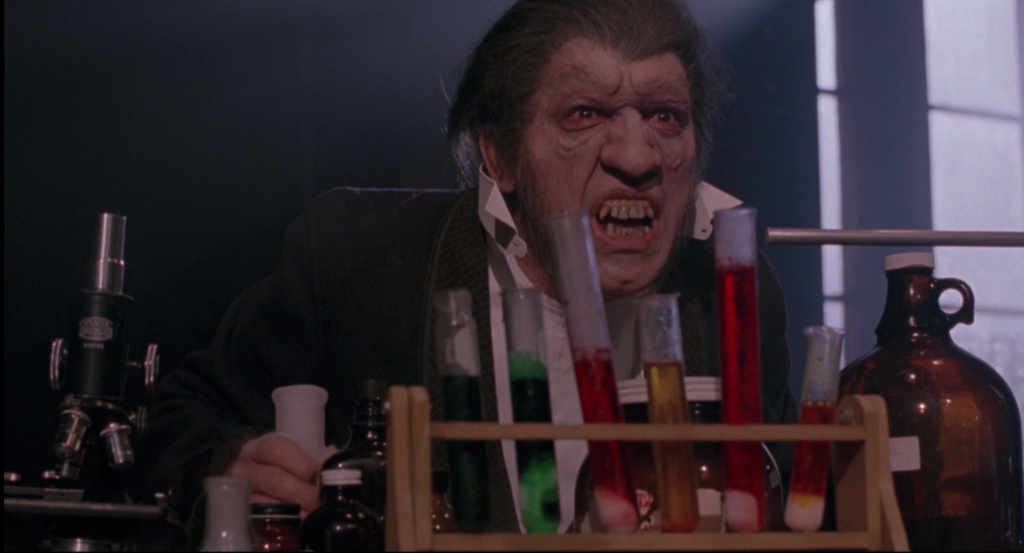

In her version of Marat, the sick and ugly visage is very different to the terrifying propaganda painting by Jacques-Louis David. She was called to take a cast of the rapidly decomposing body of Jean-Paul Marat, just after he was stabbed in the bath by Charlotte Corday. Soon Tussaud was casting guillotined heads even without their bodies, they were still the personalities of the time. (The real men had been banished, so the protesters felt their waxy simulacra had to bear punishment.) The mob was shot at, marking the first real bloodletting of the Revolution, an event that stoked the storming of the Bastille two days later. She was in Paris during the Revolution and, on 12 July 1789, a mob stole the wax busts of the Duc d’Orleans and finance minister Necker from their exhibition, and paraded them about the streets in a mock funeral. Curtius and his young pupil moved to Paris where, in time, she would model not internal body parts but instead the likenesses of Voltaire, Louis XVI, Benjamin Franklin and Jean-Jacques Rousseau. Tussaud was trained by a Swiss master of wax anatomy, Philippe Curtius. Stanfield/National Geographic/Getty Images The death mask of Jean-Paul Marat cast by Tussaud. She feels made up, she seems like a story. There’s something a little cockroachy about her, too. There’s something mythical about her, as if she were a character from folklore or fairytale. A very small old woman, with a large nose and chin, dressed in suitably chilling Victorian bombazine, stands guard over the rest of the wax populace. This had noise and lights and you felt you were standing on the gun deck of HMS Victory and there - you could almost see him breathing his last - was the bloody, pale body of Horatio Nelson.īut the greatest waxwork in Madame Tussauds is of Tussaud herself.

The Chamber of Horrors was certainly upsetting, but not as much as the tableau of the Battle of Trafalgar. Guy Fawkes crouching by a barrel of gunpowder had terrified me, as had a peculiarly pockmarked waxwork of Hans Christian Andersen. Like countless others, I had been taken to the wax museum as a child and blessed with nightmares from the experience. S ome 20 years ago, in a freefall from university and picking up odd jobs in London, I spent a few months working at Madame Tussauds.


 0 kommentar(er)
0 kommentar(er)
